According to the growing "Stealth Health" movement, sneaking healthy habits into our daily living is easier than we think.
"You can infuse your life with the power of prevention incrementally and fairly painlessly, and yes, doing something, no matter how small, is infinitely better for you than doing nothing," says David Katz, MD, MPH, director of Yale University's Prevention Research Center and of the Yale Preventive Medicine Center. Katz is also co-author of the book Stealth Health: How to Sneak Age-Defying, Disease-Fighting Habits into Your Life without Really Trying.
From your morning shower to the evening news, from your work commute to your household chores, Katz says, there are at least 2,400 ways to sneak healthy activities into daily living.
"If you let yourself make small changes, they will add up to meaningful changes in the quality of your diet, your physical activity pattern, your capacity to deal with stress, and in your sleep quality -- and those four things comprise an enormously powerful health promotion that can change your life," says Katz.
And yes, he says, a nap on the couch can be a health-giving opportunity -- particularly if you aren't getting enough sleep at night.
Nutritionist and diabetes educator Fran Grossman, RD, CDE, agrees. "You don't have to belong to a gym or live on wheat grass just to be healthy," says Grossman, a nutrition counselor at the Mt. Sinai School of Medicine in New York. "There are dozens of small things you can do every day that make a difference, and you don't always have to do a lot to gain a lot."
 Do a Little, Get a Lot
Do a Little, Get a Lot
The notion that good health can come in small tidbits is not really new. Research showing that making small changes can add up to a big difference has been quietly accumulating for a while.
For example, a study published in the Archives of Internal Medicine in 2004 found that adding just 30 minutes of walking per day was enough to prevent weight gain and encourage moderate weight loss.
And if 30 minutes is still too big a bite? Another study, published in Medicine & Science in Sports & Exercise, found that three brisk 10-minute walks per day were as effective as a daily 30-minute walk in decreasing risk factors for heart disease.
"Just the act of going from sedentary to moderately active gives you the greatest reduction in your risks," says Helene Glassberg, MD, director of the Preventive Cardiology and Lipid Center at the Temple University School of Medicine in Philadelphia.
But it's not only in fitness where small changes can make a difference. The same principles apply at the kitchen table (and the office snack bar).
"Reducing fat intake, cutting down on sugar, eating a piece of fruit instead of a candy bar -- over time, these things can make a difference," says Grossman.
As long as the changes are moving you toward your goal -- be it weight loss, a reduction in cholesterol or blood pressure, or better blood sugar control -- you can get there by taking baby steps, she says.
Moreover, Grossman tells WebMD, making small changes can help give us the motivation to make bigger ones.
"A lot of bad eating habits are about not taking charge of your life, and that attitude is often reflected in other areas," says Grossman. On the other hand, she says, when you make small changes at the kitchen table, the rewards may show up in other areas of your life.
"It's the act of taking control that makes the difference in motivating you," says Grossman. "An inner confidence and power begins to develop that can be seen in other areas of life."
Try the Stealth Health Approach

Tempted to give "Stealth Health" a try? Katz recommends picking any three of the following 12 changes and incorporating them into your life for four days. When you feel comfortable with those changes, pick three others. Once you've incorporate all dozen changes, you should start to feel a difference within a couple of weeks, he says.
 To Improve Nutrition:
To Improve Nutrition:
1. Do a squat every time you pick something up. Instead of bending over in the usual way, which stresses the lower back, bend your knees and squat. This forces you to use your leg muscles and will build strength.
2. Every time you stop at a traffic light (or the bus does), tighten your thighs and butt muscles and release as many times as you can. (Don't worry, no one will see it!) This will firm leg and buttock muscles, improve blood flow -- and keep you mildly amused!
3. Whenever you're standing on a line, lift one foot a half-inch off the ground. The extra stress on your opposite foot, ankle, calf and thigh, plus your buttocks, will help firm and tone muscles. Switch feet every few minutes.
 To Improve Physical Fitness:
To Improve Physical Fitness:
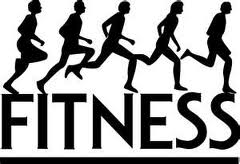
1. Do a squat every time you pick something up. Instead of bending over in the usual way, which stresses the lower back, bend your knees and squat. This forces you to use your leg muscles and will build strength.
2. Every time you stop at a traffic light (or the bus does), tighten your thighs and butt muscles and release as many times as you can. (Don't worry, no one will see it!) This will firm leg and buttock muscles, improve blood flow -- and keep you mildly amused!
3. Whenever you're standing on a line, lift one foot a half-inch off the ground. The extra stress on your opposite foot, ankle, calf and thigh, plus your buttocks, will help firm and tone muscles. Switch feet every few minutes
 To Improve Stress Control:
To Improve Stress Control:

1. Give your partner a hug every day before work. Studies show this simple act can help you remain calm when chaos ensues during your day, Katz says.
2. Have a good cry. It can boost your immune system, reduce levels of stress hormones, eliminate depression, and help you think more clearly.
3. Twice a day, breathe deeply for three to five minutes.
 To Improve Sleep:
To Improve Sleep:

1. Sprinkle just-washed sheets and pillowcases with lavender water. The scent has been shown in studies to promote relaxation, which can lead to better sleep.
2. Buy a new pillow. Katz says that studies show that pillows with an indent in the center can enhance sleep quality and reduce neck pain. Also, try a "cool" pillow -- one containing either all-natural fibers or a combination of sodium sulfate and ceramic fibers that help keep your head cool.
3. Eat a handful of walnuts before bed. You'll be giving yourself a boost of fiber and essential fatty acids along with the amino acid tryptophan -- a natural sleep-inducer.
Article Source





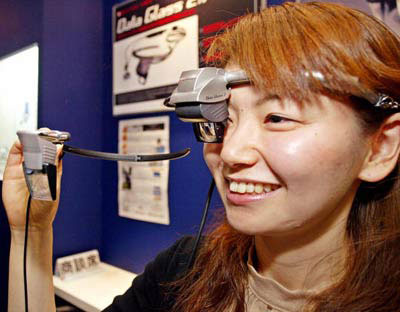
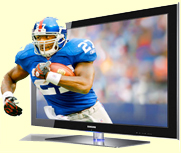



 ,
, 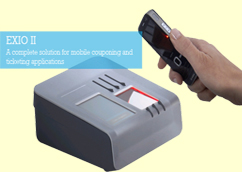


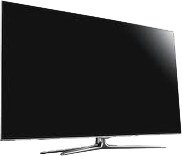
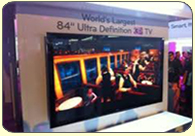
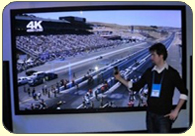
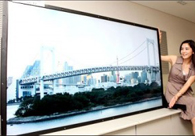
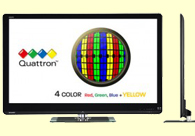
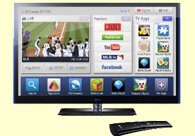
 Healthy Habits
Healthy Habits


